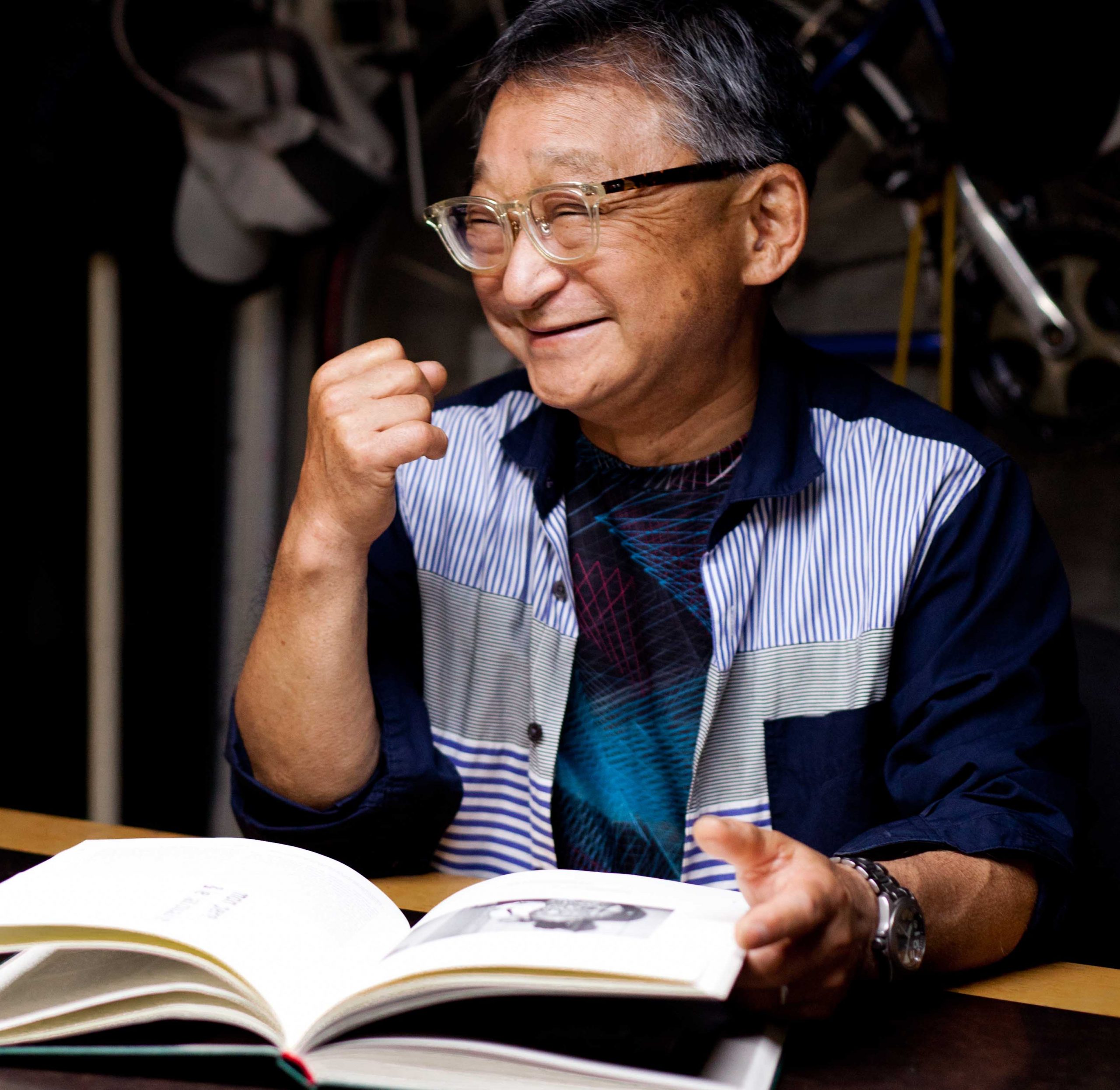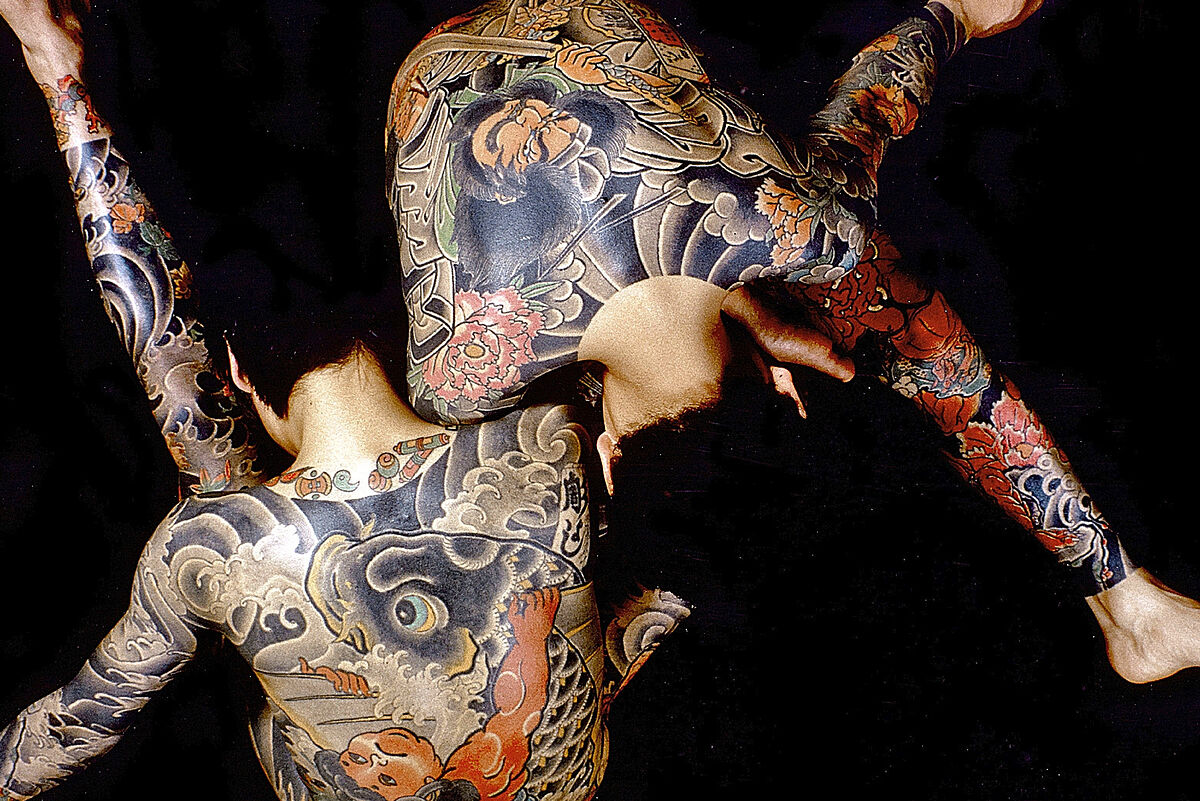Masato Sudo (1955-) is a major contemporary photographer in the history of tattoo photography in Japan in the 20th century. He has been intent on capturing the beauty of Japanese tattoos for over 35 years.
In 1985, when his book Ransho came out, the Japanese artist caused a stir among those with any interest in the tradition of irezumi – traditional Japanese tattooing. Until then, no-one had seen tattooed bodies photographed in this way. In his lens, they intermingle in kaleidoscopic visions of hallucinatory colour. They are grouped together in bouquets in scenes reminiscent of ikebana (Japanese floral art) or meticulously placed like the elements of a composition for a Zen garden.
These shots pay tribute to the beauty of the tattooed masterpieces, of course. The vivid colours illustrate the excellence of their creators, who include many of the great names in irezumi, such as Horiyoshi III and Horijin, with whom the photographer has had the good fortune to collaborate. They also bear witness to the technical developments in the Japanese tradition and reflect its new contemporary aesthetic. Thanks to modern inks offering an unprecedented variety of shades, tattoo artists have raised their creations to an unprecedented level of flamboyance. These brocade skins fascinated Masato Sudo. It was an attraction that would remain intact decades later, when the photographer produced a sequel to his legendary work, soberly entitled Ransho II (2015, Shogakukan).
Last June, during my most recent visit to Tokyo, I had the chance to meet Sudo san at his home. In his studio, nestled in a modern house of rough concrete, this demanding artist and connoisseur of Japanese tattoo culture agreed to share his impressions of Akimitsu Takagi’s photographs.
Translation: Fujikawa Makoto / Photos: ©P.Bagot
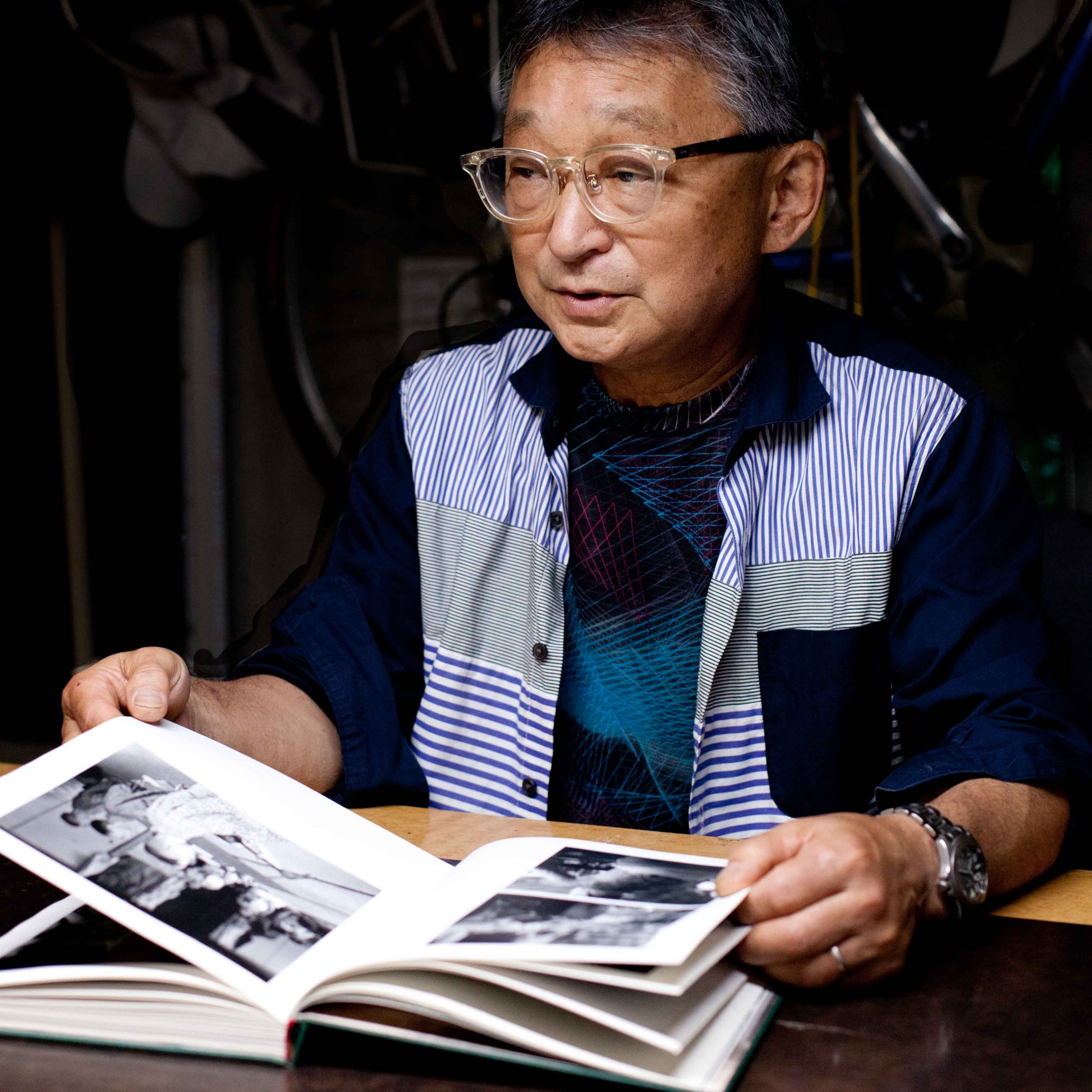
What did you think of the images taken by Mr Takagi?
They’re precious images, because it was a beautiful time. I’m thinking in particular of the ones taken in the park and under the waterfall in which men are shown wearing fundoshi (a strip of white cloth that preserves their privacy but leaves the rest of their naked body visible). This would no longer be possible today, they would have been arrested. The renderings of Mr Takagi’s photographs are very convincing.
What’s on your mind?
I love the square format. It’s particularly suitable for taking portraits and photographing individuals. I’ve worked several times with a medium-format camera like the one Takagi uses, and it has a great advantage: to aim, you have to look down rather than straight ahead. If you look in a different direction, the photographer’s gaze doesn’t disturb the subject.
What can we say about the photographer’s position?
It wasn’t that of an observer. Takagi was really in the circle of the tattooed people he was photographing. I think his equipment contributed to this closeness, and more specifically the lens he used. It’s an ordinary one, probably 80mm, but you have to be quite close to the subject.
This proximity that you mention was all the more difficult in the context of an underground environment.
To photograph from this distance, you had to gain people’s trust. But also the trust of the tattoo artists, without which it would have been impossible to get close to their clients. I think they were the first to put their trust in him.
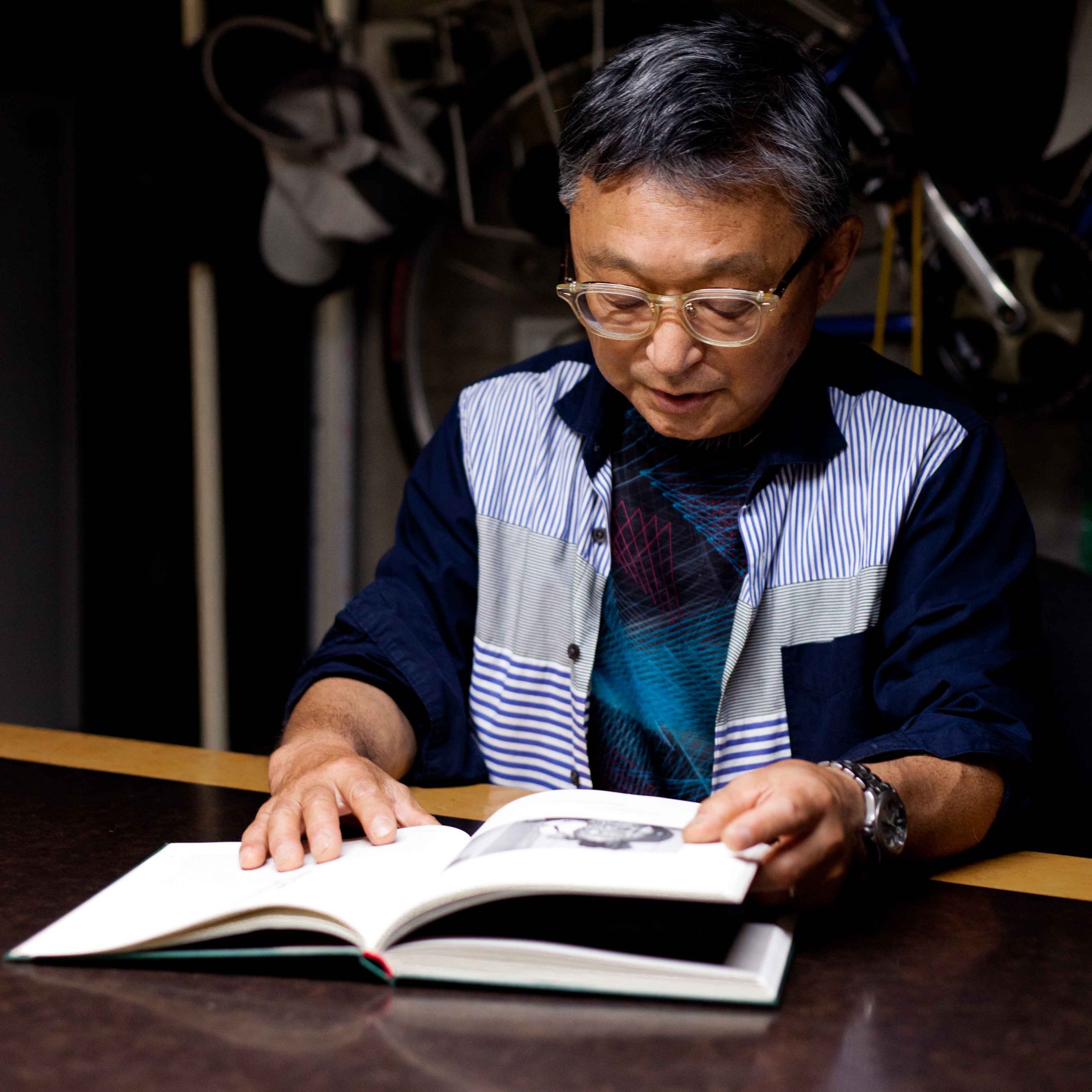
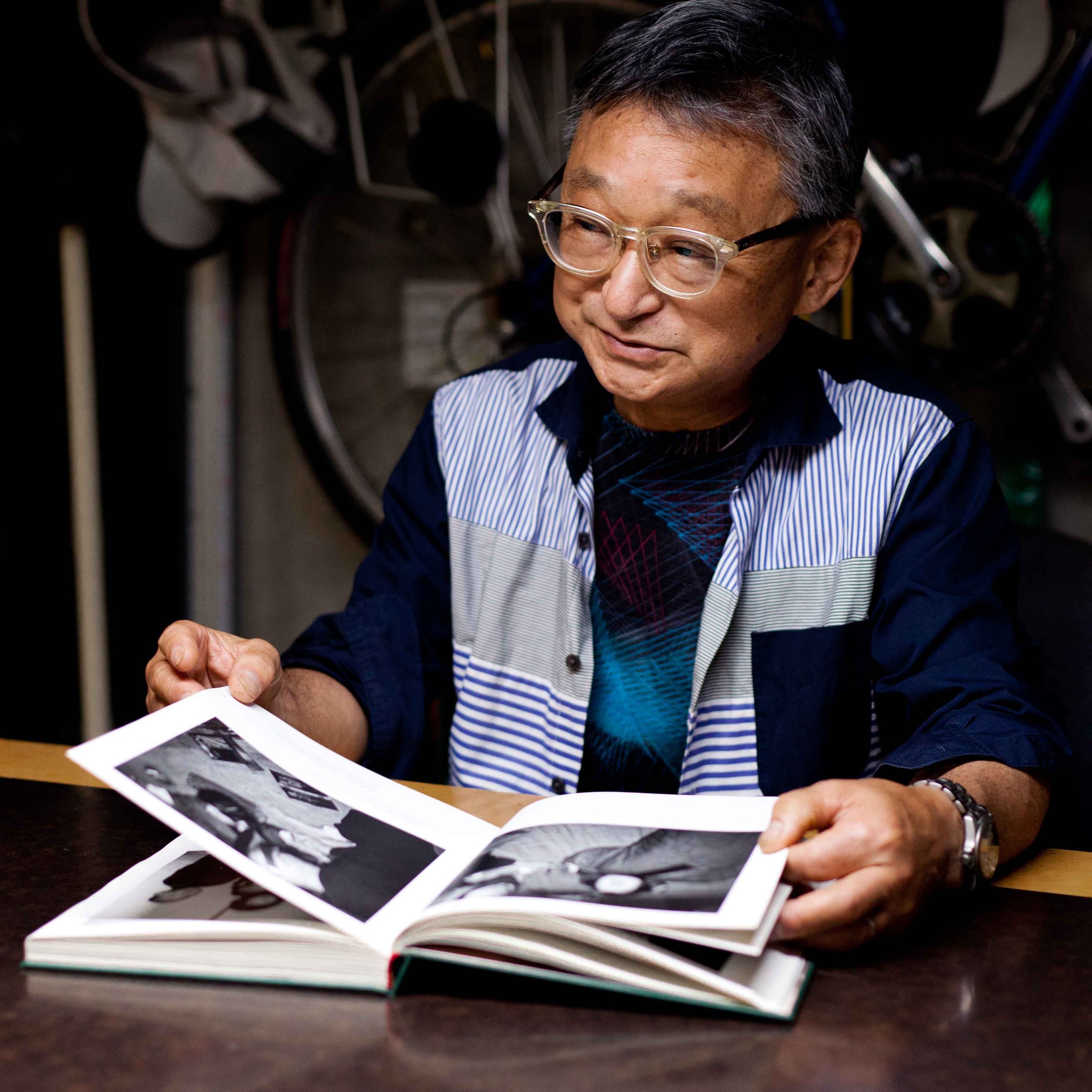
Technically, how do you view these images?
The camera used is light and a bi-lens. To provide the necessary light for certain scenes, Takagi used a magnesium flash, operated by bulbs. Each time the shutter was released, the bulb had to be changed. So it was quite restrictive and expensive at the same time. This type of flash is often too strong. This makes it difficult to control. But I’ve noticed that the lighting is becoming more and more elaborate as the images progress. This shows the particular attention he has paid to lighting scenes correctly. Takagi’s effort to produce beautiful photography is perceptible. What’s more, the angle he chooses is often the best.
As someone who has photographed Japanese tattooing, what do you learn from looking at these photographs?
I knew the tattooist Horijin well, he too did hand tattoos. When you look at these photographs, you realise that tattooing was done in the same way. The way the needle was held hasn’t changed. Now, tattoo artists use machines and customers lie down. But in some images they are sitting on the floor. In one of them, the tattoo artist is using a thin sheet of paper (ganpishi) to transfer a design onto his client’s back. This was done quite often. We need to show these images to the Japanese; they need to see how things used to be done.
Are there any images you particularly like?
His photos of women are interesting. They may look ordinary, but they are well tattooed. I wonder what their professions were. In any case, it’s incredible that these photographs have never been published. We can rejoice in the fact that they still exist, but also that they could remain forever. In the case of digital photographs produced today, we don’t know how long they will last. But that’s not the case with film photography. Because as long as there is an original, as long as there is still a negative, they can last forever. And that’s a wonderful thing.
